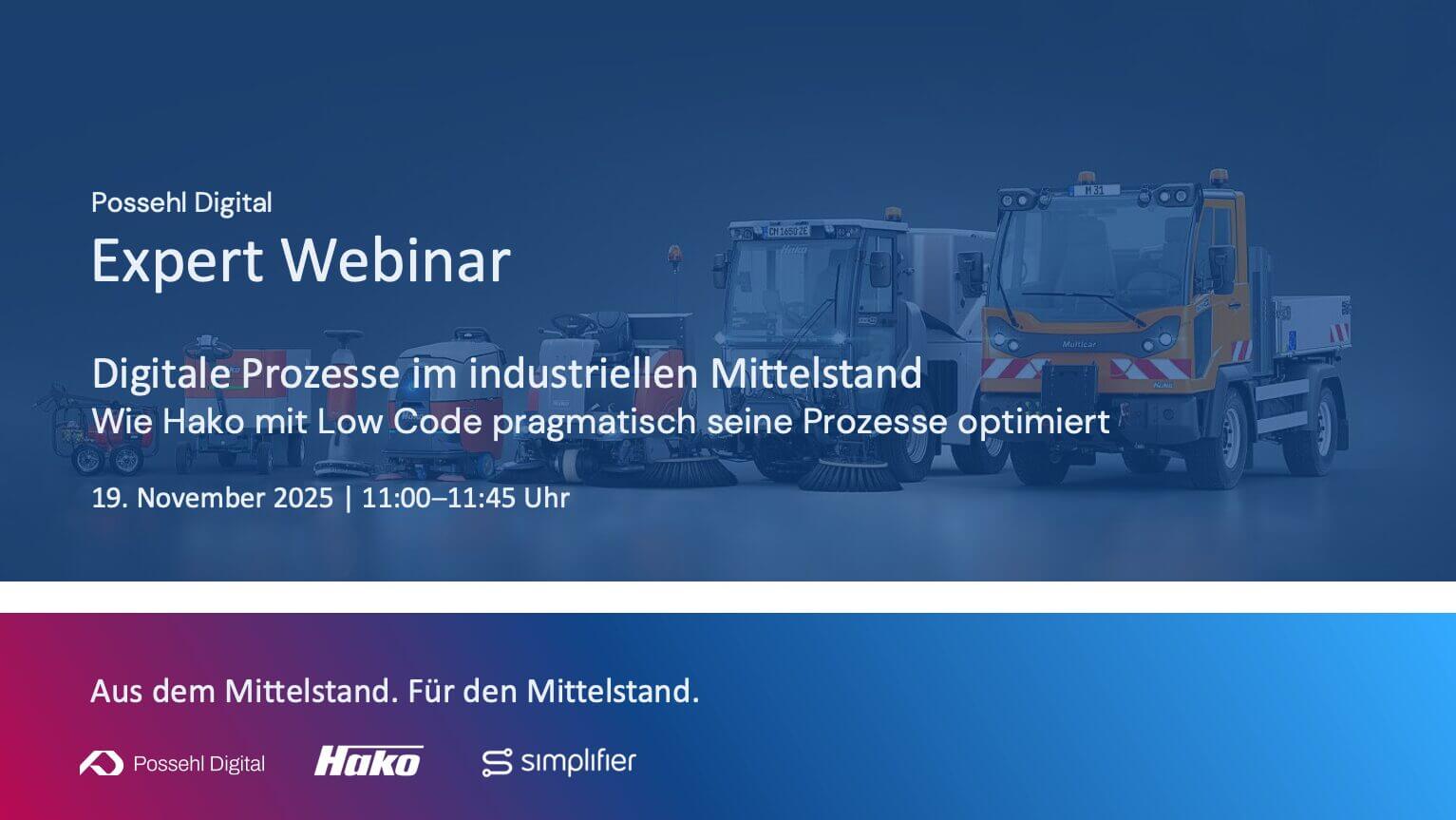…between IT and specialist departments
“What belongs together grows together…”. This sentence by Willy Brandt still applies today – especially in many German companies. Or does it?
Due to the increasing demand for applications, specialist departments often decide to create them themselves or have them created without the involvement of their own IT department if IT is unable to help due to a lack of capacity.
Is this driving IT and the specialist departments apart? Or is there an alternative way to bring the two areas closer together again?
The problem is all too familiar: There are currently far too few skilled workers on the German market. This is shown in the chart below from the IW Brief Report 27/2018.

This trend is particularly rampant in the IT sector.
This, in turn, is increasingly hampering growth in Germany.
Many board members are increasingly asking questions:
- Can we create and implement a digitalization strategy without specialists?
The answer: It depends on… but rather difficult! - Can we drive high-quality software development without IT?
The answer: very difficult! - Can and should specialist departments create their own applications in future?
The answer: virtually impossible!
What would the answers look like if these processes were not explicitly dependent on specialized experts?
Enable application creation for (almost) everyone
This situation brings to light an interesting development: since, as mentioned at the beginning, specialist departments need more and more applications, but there are not enough IT staff to develop them, the “affected parties” are increasingly taking care of the problem themselves.
And with low-code platforms.
With a graphical user interface and drag & drop functions, these allow you to create your own applications with just a little program code. So you don’t have to be an expert. (Almost) anyone can learn it!
Bridge over troubled water
The beauty of low-code platforms is that they promote collaboration within the company. They ensure a smoother process when creating applications and guide you safely through stormy waters (Simon and Garfunkel send their regards).
In the past, applications were often too complex and therefore too time-consuming to implement. Due to a lack of resources, the quality of the result was often unsatisfactory for users, as desired functions were missing or quality tests were not carried out thoroughly enough.
The fear often expressed in this context that low-code platforms lead to “shadow” IT and loss of control can be easily refuted:
Developing good bourgeois
This is where the so-called “citizen developers” come into play. These are technically skilled employees with a little IT background (web development or similar) who – sometimes after appropriate training – can build their own applications. (At the Siemens Process Industries and Drives Division in Nuremberg, the selected employees were able to create their first small applications with our low-code platform Simplifier after just one day).
They act as a kind of “extended workbench for IT”, with the low-code platform forming the bridge between the specialist departments and IT.
However, IT must continue to provide support so that production on the workbench follows the same rules as provided by IT. It must “control” the applications and integrate them into the company’s official system landscape. It also provides the platforms.
All of this brings with it a very important advantage: employees who have creative ideas for improving the workflow in their departments can be involved. On the other hand, the professionals have an overview of everything without having to worry about the details. In addition, adjustments can be made at any time without major effort on the part of IT.
Conclusion
IT and specialist departments must be mutually dependent if application creation is to function well in times of scarce developer resources.
The specialist departments can help themselves. IT helps them to help themselves. Low-code platforms therefore bring both sides together by acting as a bridge.
An excellent result can only be achieved if both sides work together.
Or, in the words of US President Abraham Lincoln: “A house divided against itself cannot stand”.



